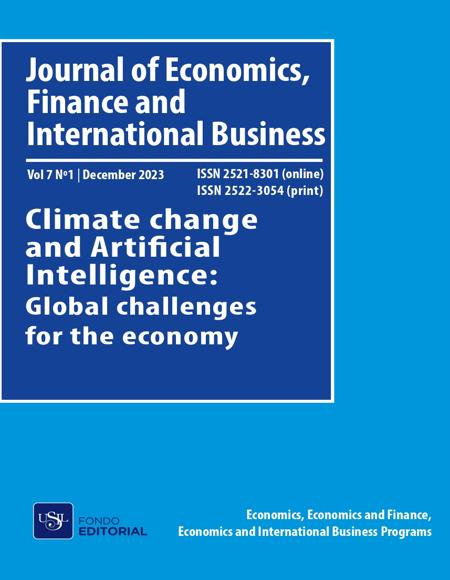Las remesas internacionales y la participación en la fuerza laboral en Costa Rica: Explicando Resultados Contradictorios
International Remittances and Labor Force Participation in Costa Rica: Explaining Contradictory Results
##plugins.themes.bootstrap3.article.main##
The purpose of this article is to investigate the effects of remittances on labor force participation and labor supply decision of women in Costa Rica based on an analysis of data from the Costa Rica national survey, Encuesta de Hogares de Propositos Multiples (Household Survey for Multiple Purposes) in 2007. The labor force participation decision is analyzed with a Probit model. The determinants of total number of hours worked is investigated with the Heckman selection model. The labor force participation decision on female household heads is found to be affected by remittances and the frequency, reduce labor force participation rates as much as 20 percent. The effect of remittances on the number of hours supplied is found to be weaker. Those households, which receive no remittances or only receive remittances infrequently, supply 3.5 hours more per week. However, we fail to find that frequent remittance receiving household heads supply fewer hours. We find evidence that the number of hours supplied is affected by the frequency of remittances for the poor, but not the extremely poor.
















